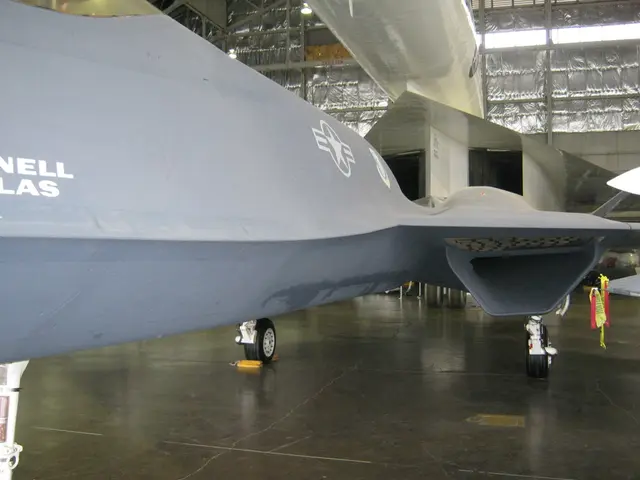High-definition aircraft displays boasting a striking 13:1 contrast ratio for enhanced visibility during flight operations.
Military and commercial cockpit displays have grown increasingly crucial over the past three decades, catering to distinct demands while sharing key performance requirements. These markets face unique challenges; military cockpits are subjected to rigorous fungi growth tests and high-stress combat scenarios, while commercial displays often endure the infamous coffee and Coca-Cola spill tests.
One universal requirement is sunlight readability, which is essential for design engineers serving both industries. In the early days of display technology adaptation, the US Navy established MIL-L-85762A standards, shaping Cevians' night vision development and setting forth specific emissive display sunlight readability requirements. Back then, display technologies included CRT displays, LED dot matrix, and electroluminescent sources.
Initial specifications aimed to establish technological boundaries by defining a contrast ratio of 4.6:1 with 10,000 fc diffuse illumination. The goal was to establish a benchmark that balanced non-specular sunlight contribution and specular reflection from the cockpit environment on a display's front surface. This contrast ratio for Active Matrix Liquid Crystal Display (AMLCD) based displays demanded attention to various optical assembly elements, such as surface characteristics, AMLCD key materials, and index matching of front layers.
For over a decade, display contrast design objectives were generally set to the minimum level of the MIL-L-85762A standard at 4:1. However, as large area displays became prevalent in newer combat aircraft, requirements increased to contrast ratios of 7:1. This improvement was achieved through better thin-film coating antireflective performance, enhanced AMLCD optical characteristics, and precise optical assembly. Recently, Cevians has developed several AMLCD assemblies with contrast ratios surpassing 13:1, such as the one specifically designed for the F-15ex fighter.
As displays in military and commercial cockpits advance, designers' relentless pursuit of surpassing standards leads to the development of highly efficient and resilient AMLCD assemblies. These displays ensure clear and accurate information even in intense sunlight. As demand for superior cockpit displays continues to grow, manufacturers must remain committed to innovation to meet the evolving requirements of modern aviation.
Modern military aircraft often integrate multiple systems for situational awareness, navigation, and weapon control, which could further influence contrast ratio requirements for optimal performance. In addition, advancements in materials like Carbon Fiber-Reinforced Polymer (CFRP) reflect a broader trend towards lighter, stronger, and more efficient systems that indirectly affect display design by reducing weight and increasing available power for electronic systems. To find specific contrast ratio requirements in AMLCD displays for military cockpits, one would need to consult military specifications or industry standards.
Collaboration with the aerospace industry is necessary for the innovation and development of display technologies that meet military demands, such as the guidelines set by MIL-L-85762A. In the pursuit of enhancing cockpit displays, designers must stay vigilant as advancements in materials like Carbon Fiber-Reinforced Polymer (CFRP) and improvements in financing and technology plays a significant role in shaping the future of display specifications in both military and commercial sectors.








